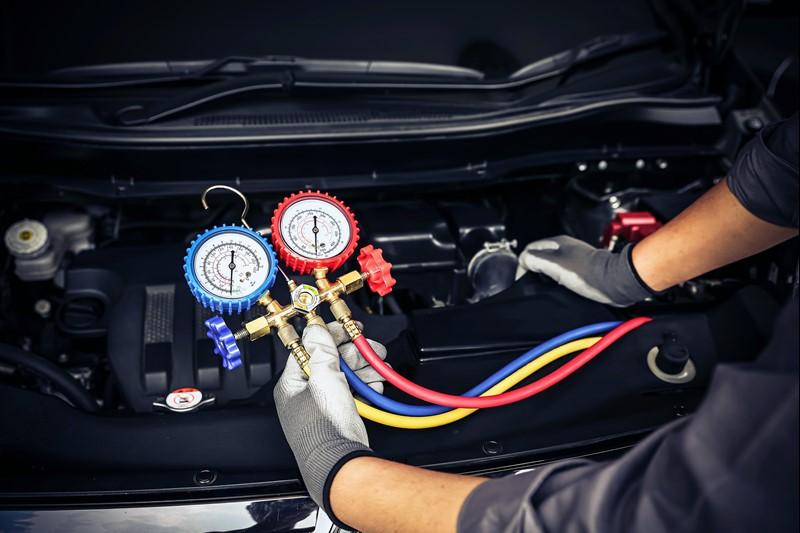When buying a used car, what you can’t see often matters more than what you can. A shiny exterior and responsive steering may create the illusion of a great deal—but hidden beneath the surface could be mechanical wear, electrical issues, or a failing AC system.
That’s why the most informed buyers don’t just kick the tires. They take a comprehensive Pre-Buy approach, one that looks at every layer of the car—from dashboard lights to dipstick readings—to ensure what’s promised is actually delivered.
The Dashboard: More Than Just Lights
The dashboard is your car’s language of alerts. While some buyers ignore a blinking light or chalk it up to a minor sensor issue, those small icons can reveal major problems.
Before you buy, ensure:
-
No warning lights (Check Engine, ABS, Airbag, etc.) are present
-
The lights briefly illuminate during ignition and then turn off (proving they work)
-
A diagnostic scan tool is used to uncover any stored trouble codes
Even if lights are off, stored codes may indicate cleared problems that could return. This is where a solid Pre-Buy inspection becomes essential.
Under the Hood: Fluids Tell a Story
One of the oldest tricks in car buying still works—checking the dipsticks. Engine oil, transmission fluid, and coolant all give clues about how the car was maintained. Look for:
-
Dark, sludgy, or low oil
-
Burnt-smelling transmission fluid
-
Discolored or rusty coolant
Well-maintained fluids usually point to a well-maintained car. In contrast, neglect here often signals deeper issues.
AC Services: Comfort with a Cost
In hotter climates like Dubai or any region with extreme summer temperatures, a fully functioning air conditioning system isn’t just a luxury—it’s a necessity. Many buyers overlook AC Services during inspection, but that mistake can cost them later.
Before buying, check:
-
Cabin gets cool within 60–90 seconds
-
No foul smells from vents
-
No strange noises when AC is turned on
-
All settings and blower speeds function normally
An AC system that underperforms may need a recharge—or could require major repairs like compressor replacement. A Pre-Buy inspection should always include detailed AC evaluation.
Listen for the Electrical Whispers
Electrical systems in modern vehicles control everything from fuel injection and navigation to headlights and climate control. Even a minor fault can cause cascading problems.
Warning signs to look for include:
-
Flickering interior or dashboard lights
-
Power windows or locks that respond slowly
-
Inconsistent radio or infotainment system behavior
-
Battery terminals with corrosion or poor connection
An electrical systems test should be part of any thorough Pre-Buy process.
Don’t Forget the Undercarriage
Many used car buyers never look underneath the vehicle—yet it’s where some of the most expensive issues hide. Rust, leaks, and frame damage are often invisible from above.
Use a flashlight and inspect:
-
Brake lines
-
Suspension components
-
Oil pan and transmission housing
-
Exhaust system
Even better: let a professional lift the car for a complete underbody check during the Pre-Buy inspection.
Ask for Maintenance Records
No inspection is complete without some history. Ask for service records, especially for:
-
Oil changes
-
Timing belt/chain replacements
-
Major repairs
-
AC Services history
-
Battery and brake replacements
Records offer insight into how the vehicle was treated and what you might expect in the near future.
Final Thoughts
Buying a used vehicle shouldn’t be a gamble. The Pre-Buy process—from dashboard lights to dipstick checks, electrical testing to AC Services—gives you the knowledge and power to make a confident decision.
You’re not just purchasing a car; you’re investing in reliability, safety, and long-term satisfaction. Skip the guesswork. Look deeper. Because the truth about any vehicle is always in the details—it’s just a matter of knowing where to look.

